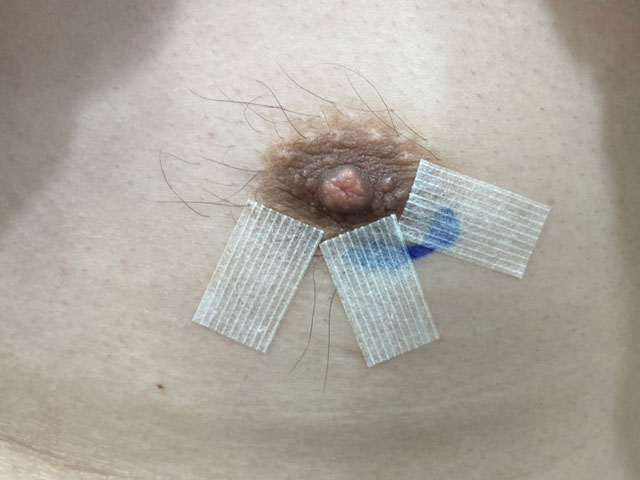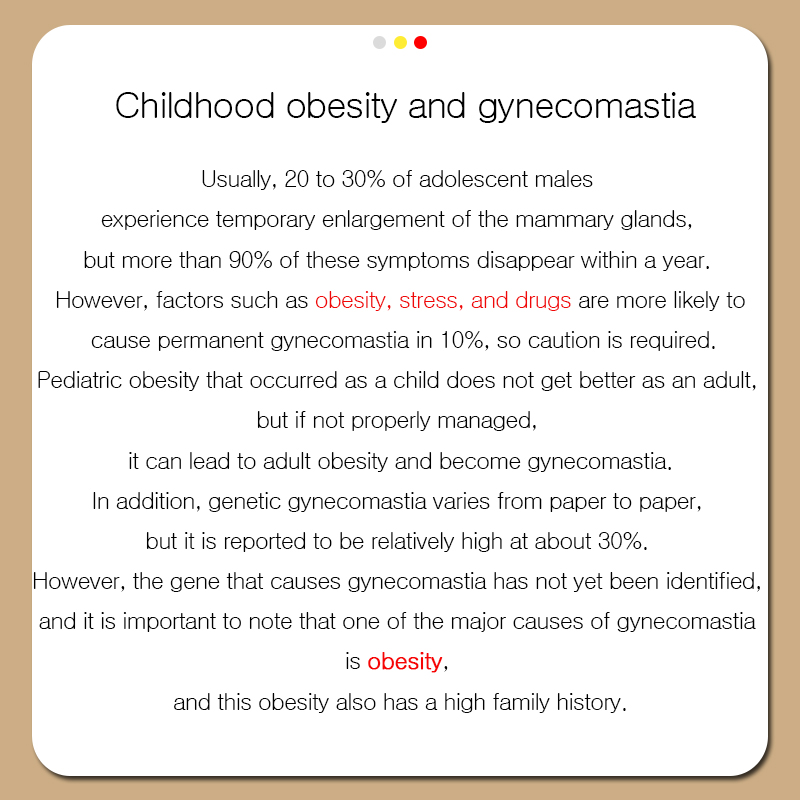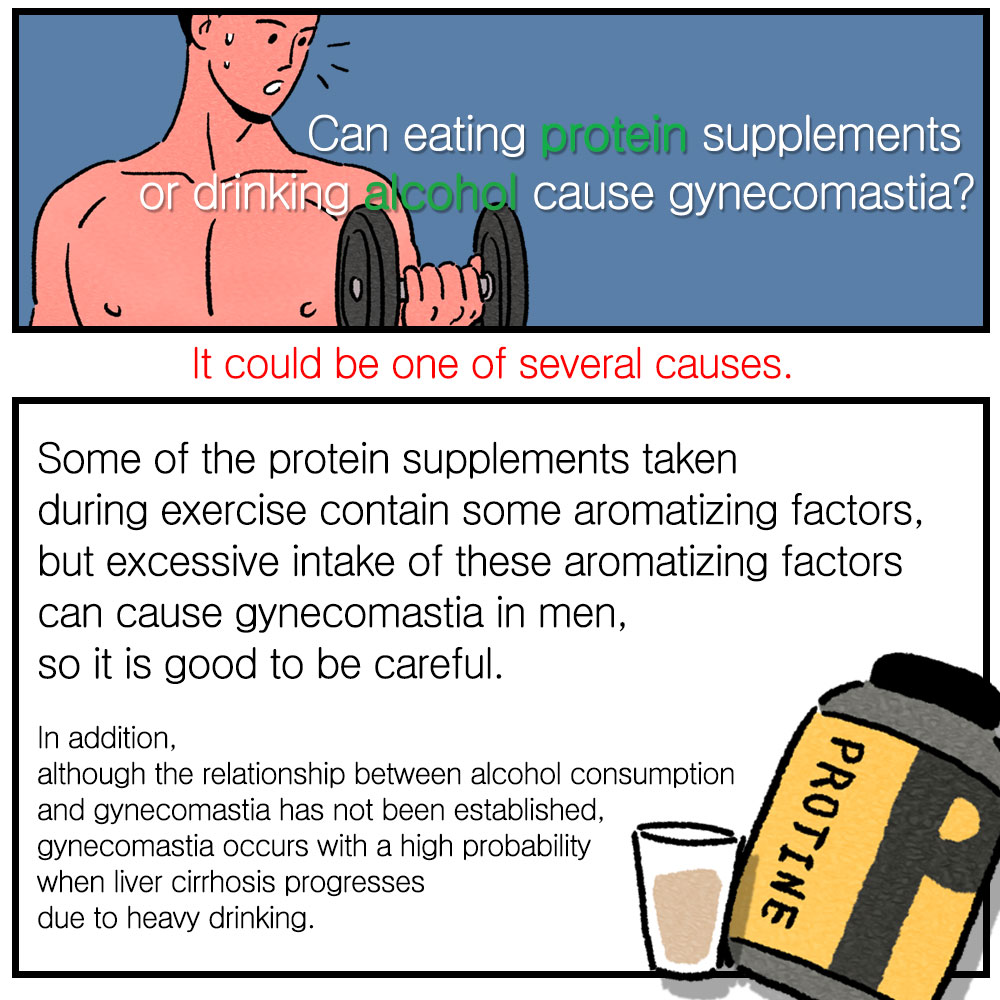Returning to Work
We understand that getting back to your daily routine is important, and you might be wondering when it’s safe to return to work. Here’s a simple guide:

Office or Desk Jobs: You can usually return to work the day after surgery. Before heading back to work, we recommend a quick follow-up visit to the clinic. The follow-up only takes about 20 minutes, ensuring your recovery is on track.

Physically Demanding Jobs: If your job involves physical labor, such as heavy lifting, operating machinery, or construction work, it's best to avoid strenuous activities for the first two weeks. This will help prevent any strain on the operated area and ensure a smooth recovery.

Exercise and Workouts: We encourage light physical activities to aid recovery. You can start leg workouts, light walking, or gentle jogging as early as a week after surgery. However, wait at least 4 weeks before resuming weightlifting or chest exercises. During the first month, avoid using your arms and chest too much to prevent complications.
Important Post-Op Care Tips

- Healthy Eating: Start with soft, gentle foods and avoid spicy or strong-tasting dishes. You can enjoy most foods, except for alcoholic beverages and overly salty meals.
- Avoid Smoking: Smoking can significantly delay the healing process and increase the risk of infection. This includes traditional cigarettes, e-cigarettes, hookah, and even exposure to secondhand smoke. Avoid smoking for at least 2 weeks post-surgery.
- Handling Fluid Leakage: It’s normal to experience a bit of fluid leakage during the first day. If this happens, replace the dressing with a sterile gauze. Make sure not to open the dressing point as the wound needs to stay protected from contamination.

- Compression Garment: Wearing your compression vest is crucial for your recovery. It prevents fluid accumulation, helps reduce swelling, and supports skin retraction. Wear it for 4 weeks—24 hours a day for the first 2 weeks, then 12 hours a day for the next 2 weeks.
- Showering and Bathing: You can take a shower 1 to 2 days after surgery with a waterproof band on the wound. For hot baths, saunas, or swimming, give your body 4 weeks to fully recover.
- Sponge Pad Care: If you were provided with a sponge pad, apply it around the areola for only 7 days. This helps with healing and provides gentle support.
What to Expect During Recovery
Your chest might appear asymmetrical, lumpy, swollen, or slightly dimpled. Don’t worry—this is a temporary phase that can last for 4 to 6 months. Light daily activities like walking can speed up recovery, but avoid lifting anything heavier than 40 pounds (about 18 kg) during the first week. It’s okay to roll luggage, but avoid lifting it.
- Massage and Stretching: After 2 weeks, start light massage and gentle stretching. The “Biobond (lumps)” under the skin may take 4 to 6 months to gradually decrease.
- Scarring: It’s normal to develop ‘Hypertrophic scars’ after chest surgery. Proper post-op care is essential to minimize their appearance.
When to Contact Us
our safety and comfort are our top priorities. Please reach out to us immediately if you experience any of the following symptoms within 3 to 4 days after surgery:
- Excessive pain
- High fever
- Yellowish discharge from the wound
- Persistent itching
We are here to support you every step of the way. If you have any questions or concerns, please do not hesitate to contact us. Your smooth and speedy recovery is our goal!
Q&A about gynecomastia
Some Questions About Gynecomastia
Use of Steri-strips After Gynecomastia Surgery
Learn how Steri-Strips help reduce scarring and support optimal healing after gynecomastia surgery. Get expert guidance and tips from Evita Clinic.
[FAQ] Childhood obesity and gynecomastia
Adolescent gynecomastia affects 20–30% of teenage boys, with most cases resolving spontaneously within a year. However, about 10% may develop persistent breast enlargement due to factors like obesity, chronic stress, and certain medications. Childhood obesity, if unaddressed, often continues into adulthood and raises the likelihood of gynecomastia. Moreover, research suggests that up to 30% of cases could be tied to a genetic predisposition, underscoring the importance of early lifestyle interventions and awareness of family history.
Gynecomastia Surgery Covered by Korean National Health Insurance
Foreigners living in Korea may be eligible for Korean National Health Insurance, which can significantly reduce the cost of gynecomastia surgery—especially for grade 2 or higher.
[FAQ] Do protein supplements or alcohol cause gynecomastia?
Protein supplements may also be one of several causes of gynecomastia.
[FAQ] About the grade of gynecomastia
These grade of gynecomastia vary slightly from person to person. The surgical method should be selected according to the patient's age, muscle mass, recovery period, lifestyle, and patient's needs. In this regard, you will consult with a specialist and make a decision.






